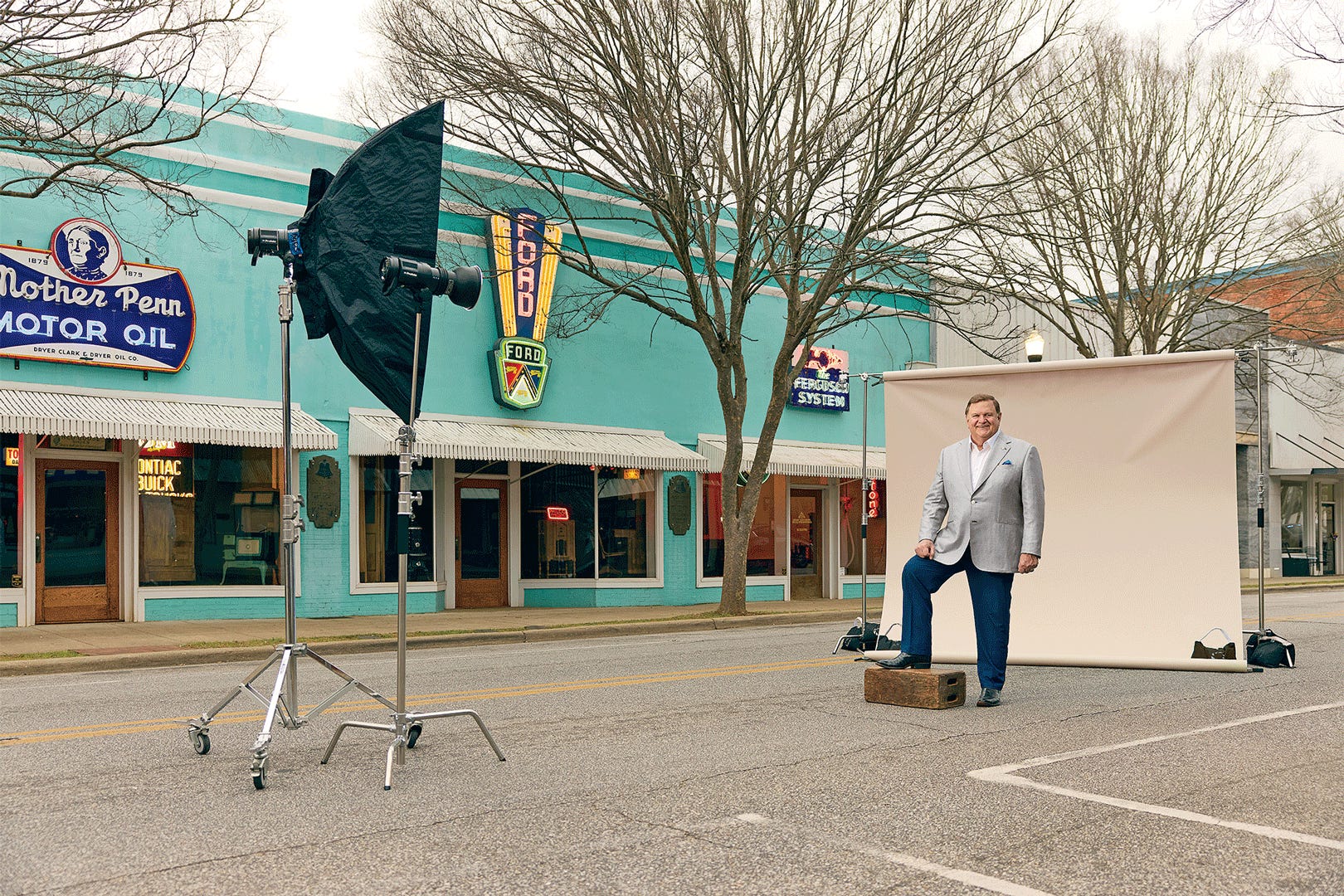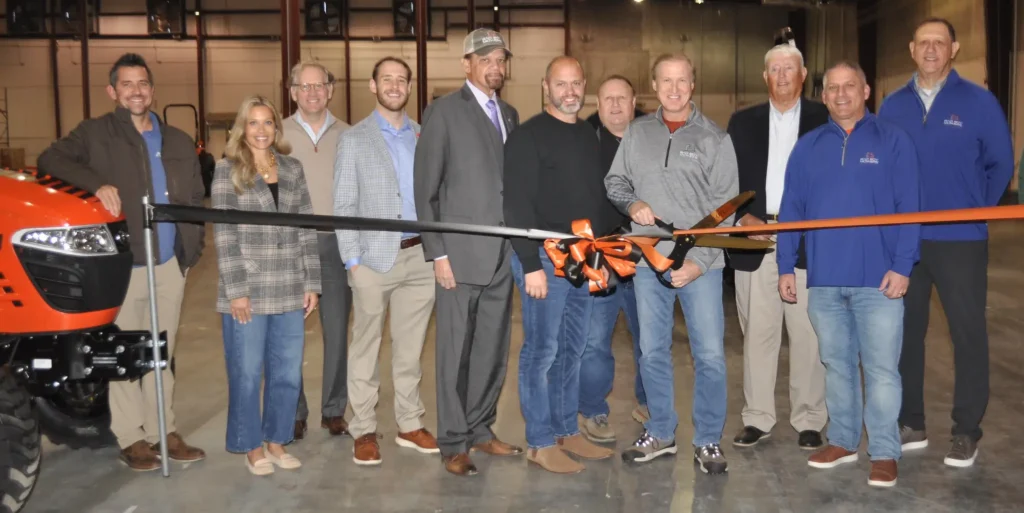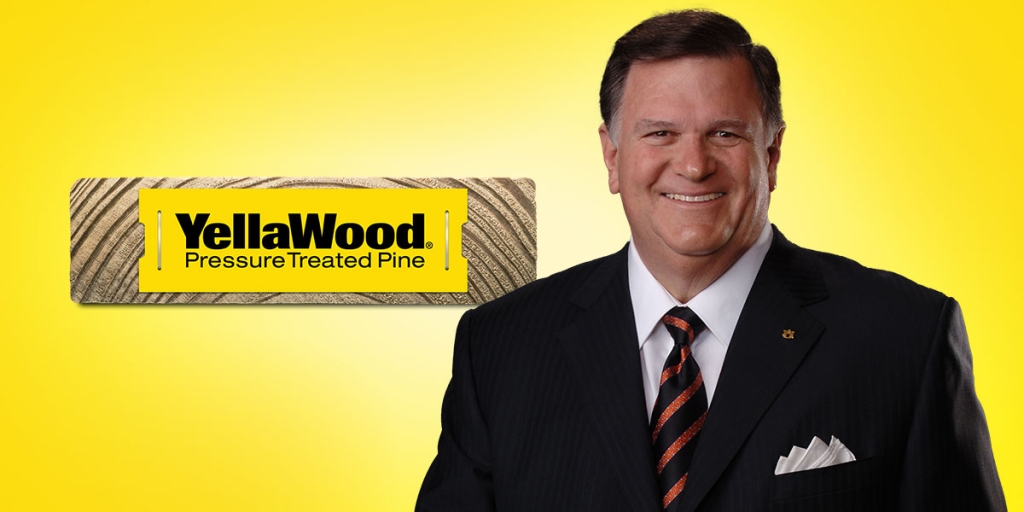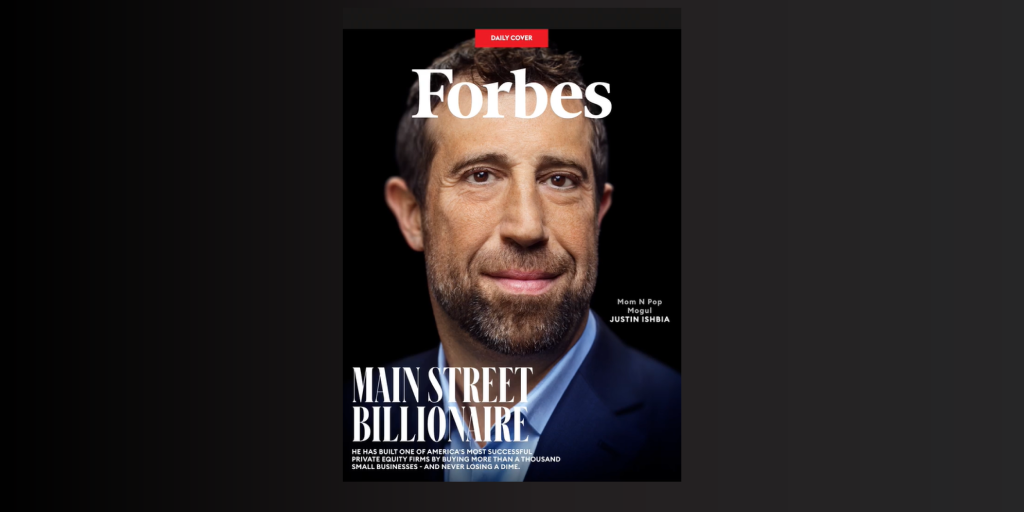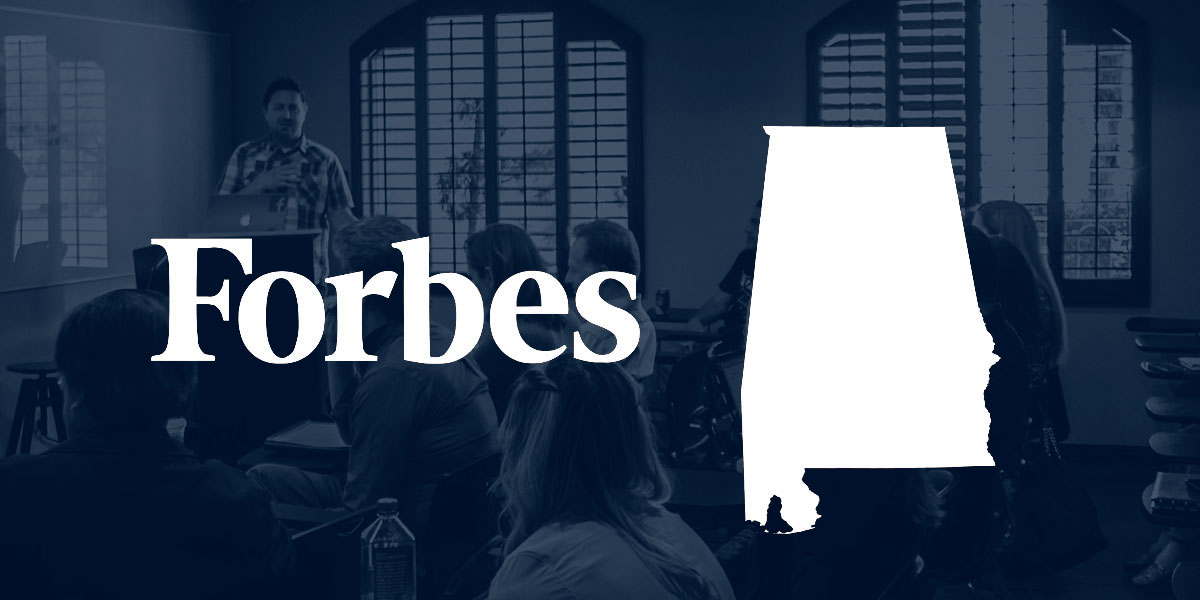A new documentary released by Forbes profiles a larger-than-life figure we know well here in Alabama: Jimmy Rane.
Over the past half century, Rane scaled a small, backyard lumber treating business into the United States’ largest producer of pressure-treated lumber, bringing in $2 billion per year. The documentary offers a look into the ingenious marketing he used to get there, as well as a love for his hometown of Abbeville that still drives him today.
Audiences across the South recognize Rane as the “Yella Fella” — a John Wayne style cowboy whose adventures were catalogued in commercials between 2004 and 2012 as episodes — complete with action, Wild West landscapes, and even cliffhangers.
RELATED: The story behind the creation of YellaWood’s iconic Yella Fella character and campaign
But Rane’s penchant for being a sharp salesman and marketeer goes back to the prior century.
“I needed some way to get the attention of that dealer,” Rane told Forbes about his earliest days running Great Southern Wood. “I wanted to find some emotional thread that would weave through my area, and that was college football.”
Rane said he was inspired by a case study he read from Perdue Chicken’s massive success in the 1970s branding themselves in a crowded market. “It takes a tough man to make a tender chicken,” was Frank Perdue’s catchphrase that transformed into a household name.
Rane went first to his friend Pat Dye, Auburn’s head football coach at the time, and pitched the idea of getting several of the state’s football legends together to sell lumber that would “last a lifetime.”
“So I came back and I talked to Pat about it first,” Rane said.” And he said ‘Well, we’ll try it and see how it works.’”
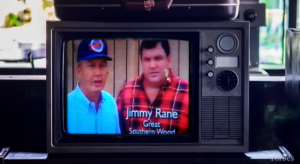
Through the 1980s-90s, Rane found a dynamic place in the wood treatment industry thanks to the interest generated by his college football marketing campaigns. During that time, he hired nearly 20 college football coaches as spokesmen, including Dye, Alabama’s Gene Stallings, and Florida State’s Bobby Bowden.
Origins of “Yella Fella”
After years of doing commercials with the coaches, he created his own character and brand. When it came time to decide what the next era of the company’s marketing would be, everyone around Rane thought he was the perfect fit.
“I really didn’t have any plans to be on camera. I walked in one day and they had this storyboard of this cartoon cowboy.’You really want me to do that?,’” Rane said he asked.
“It sort of evolved into Yella Fella.”
It was at this time that Great Southern Wood invented the “YellaWood” brand to bridge together multiple partnerships and areas of operations, giving way to bright yellow tags on the products and presenting a catchphrase that rolled off the tongue nicely.
As the new brand won over vendors and a reinvented ad campaign was in the works, Rane stepped into the role, drawing on his love of 1950s western movies.
“Being in your 60s and out playing cowboys and Indians was a lot of fun,” Rane said. “We were shooting these commercials in the same locations John Ford and John Wayne used.”
RELATED: Great Southern Wood plans $14M Mobile County expansion
The Yella Fella campaign ran from 2004-12, which coincided with a massive period of growth for Rane’s company, doubling its footprint to 14 facilities across 15 states.
Still Rooted in Abbeville
The town, with a population of less than 2,500, is not exactly where you’d expect to find Alabama’s richest man. But Rane’s commitment to Abbeville goes back to his parents footprint there, and all the experiences that he says shaped him early on.
“To live here and grow up here was idyllic,” Rane said about his hometown of Abbeville. “It was everything you’ve ever seen in old movies.”
There was a time when Abbeville was facing economic ruin.
“There was burned out buildings, there was boarded-up buildings. It was just a devastated community,” Rane said.
In 2018, following Hurricane Michael, the demand for wood skyrocketed, and national suppliers were unable to provide. Rane identified a need in his company as well as his hometown, so he opened a saw mill at a plant site that was about to be salvaged.
“It went from being idle for years, to now we got 110 people out there making an average of $22/hour,” Rane said. “So that’s been a great inspiration to me that we were able to bring that back and bring that kind of prosperity back into the town.”
Over the past 30 years, Rane has spent millions of dollars restoring Abbeville to the picturesque glory he remembers from his childhood. When you drive down Abbeville’s main strip, you see thriving replicas from the 1950s, such as Huggin’ Molly’s Diner and Central Drug Store.
The Forbes documentary of Rane’s on-and-off-camera success is available here.
Grayson Everett is a staff writer for Yellowhammer News. You can follow him on Twitter @Grayson270 for coverage of the 2023 legislative session.




